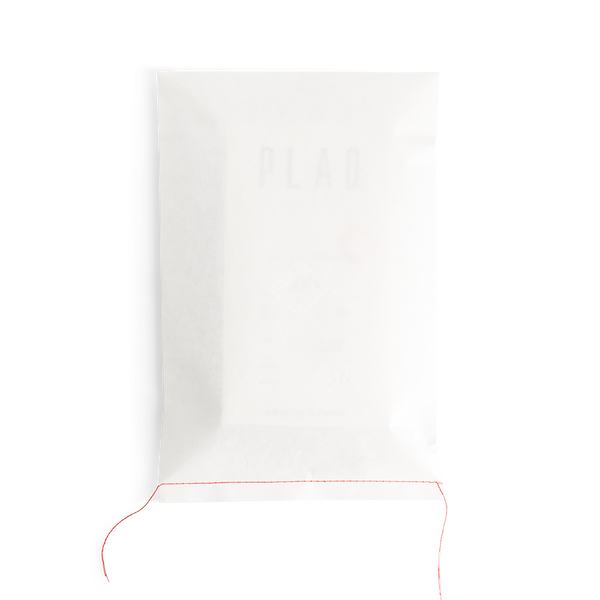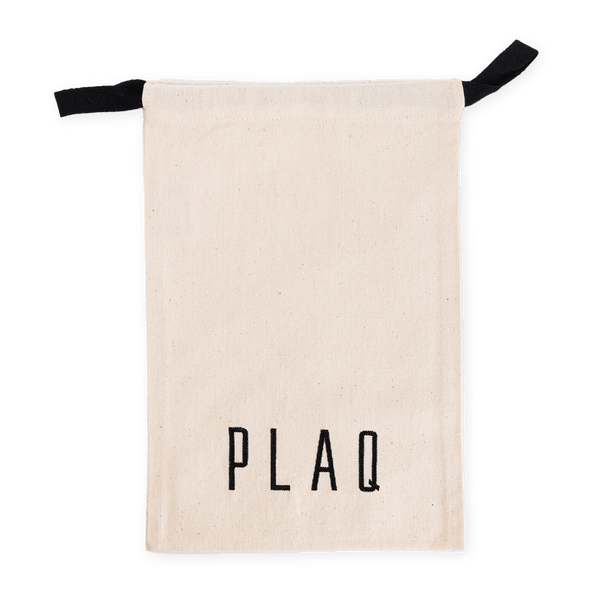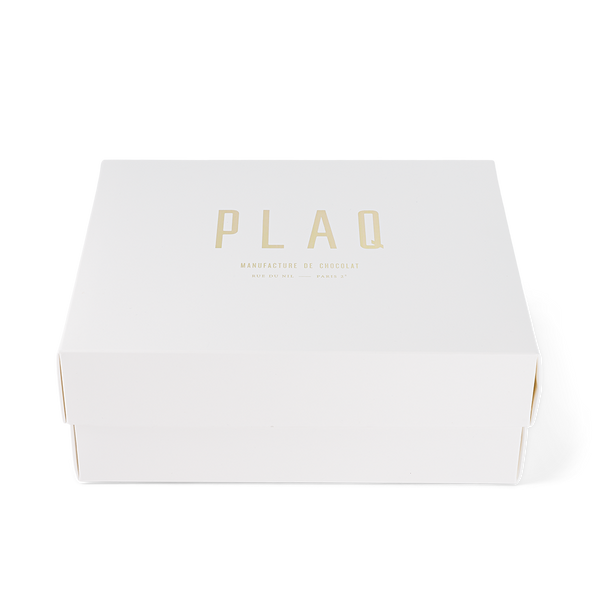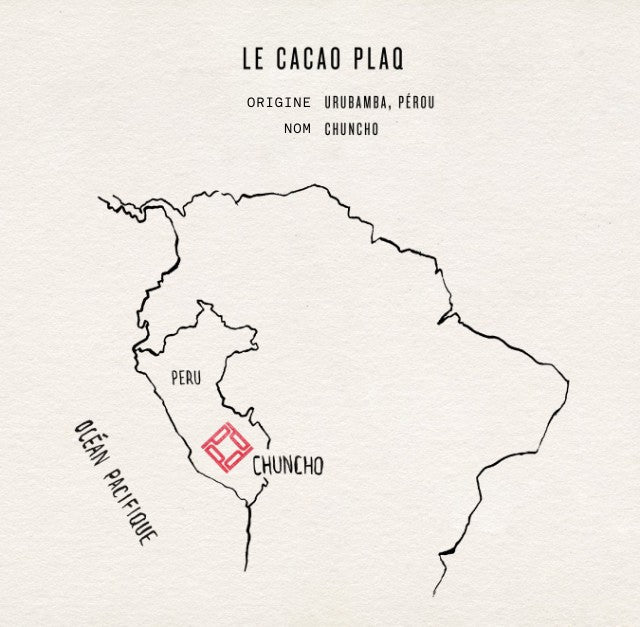1- What is Bean to Bar chocolate?
This expression was born in the 2000s in the United States to name a new method and philosophy of chocolate manufacturing. It’s a return to the purity and simplicity of chocolate. Just the cocoa bean and sugar. Only two ingredients, but very well sourced, traceable and ethical.
Bean to bar means taking the time to do each step, from the cocoa bean to the chocolate plate. Select high quality beans, cook them to measure and in small quantities to extract all the aromas. Focus on quality and meticulous, rigorous, uncompromising work, maintaining this requirement over time.
It means developing and improving all links in the chain, from producer to consumer: the environmental quality of plantations, the scientific expertise of fermentation and drying centers, the distribution of rare cocoa, the remuneration of all stakeholders in the sector… and the consumer’s palate.
 2 - What does the percentage of cocoa on a chocolate bar mean?
2 - What does the percentage of cocoa on a chocolate bar mean?
For the majority of chocolate bars, this percentage (example: Dark chocolate 70%) corresponds to the weight of cocoa beans but also to the weight of added cocoa butter. The distinction between the two is not a legal obligation, so few chocolatiers choose to specify it.
Thus, if the chocolate maker adds cocoa butter in addition to the cocoa bean, then the total percentage of cocoa increases without necessarily increasing the quantity of cocoa bean .
The only place you can tell whether or not there is added cocoa butter in your chocolate is by looking in the ingredient list. But unfortunately the exact percentage is rarely indicated.
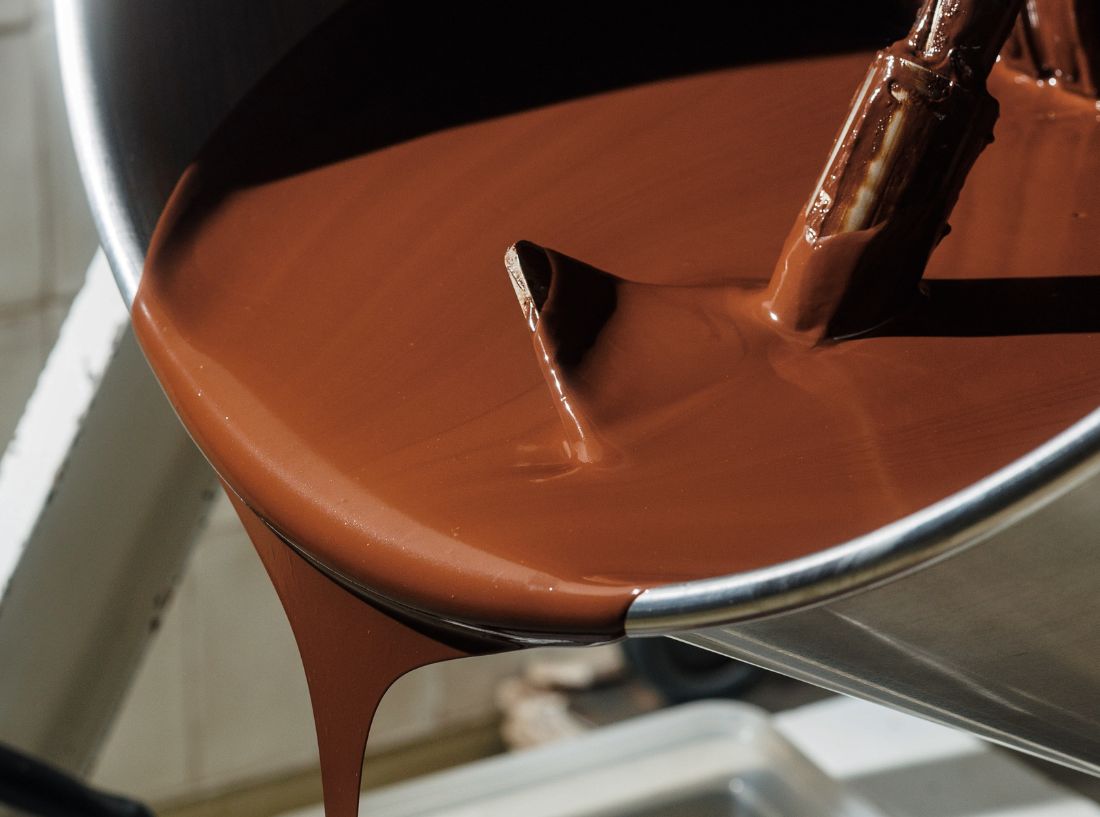
For PLAQ, distinguishing the cocoa bean (the essential ingredient that provides the taste) from the added cocoa butter (deodorized fat that is rarely traceable) is essential to appreciate the true nature and provenance of a chocolate. We have chosen to exclude added cocoa butter from our dark chocolate.
A PLAQ chocolate with 76% cocoa therefore contains 76% cocoa beans and 24% sugar. Such a recipe is more complicated and more expensive to work with but, in our opinion, provides an intensity of aromas and a unique length in the mouth .
For our milk chocolate, cocoa butter being essential in addition to milk powder, we have chosen the most traceable and ethical cocoa butter on the market. This cocoa butter comes from the same cocoa as the beans we roast (that of Idukki cocoa which comes from Kerala in India).

3 - Does a Bean to Bar artisan do the same thing as a traditional chocolate maker?
No, they are two different jobs.
The Bean to Bar artisan makes chocolate from cocoa beans.
The traditional chocolatier melts and cooks the purchased chocolate.
More than 95% of French artisans cook and/or mold chocolate purchased in pistoles (small chocolate pastilles) from covered makers who manufacture and supply this type of chocolate.
The majority of French chocolatiers therefore do not make their own chocolate. They melt this chocolate created (sometimes exclusively) for them, whose composition is likely to meet their needs and requirements in terms of fluidity, shine, conservation in order to make candies, ganaches, bites, moldings, etc.

4 - What does direct producer mean in the world of Bean-to-Bar?
In the current predominant global system, the vast majority of cocoa beans are sold as an agricultural commodity regardless of their qualities.
Direct sales to Bean to Bar artisan refers to cocoa beans purchased outside of this system, most often directly from farmers or specialty cocoa traders.

5 - At PLAQ, are the cocoa beans fair trade?
One of our priorities is the supply chain for our cocoa beans (and all our ingredients for that matter!).
Our responsibility is to ensure that all of our ingredients are sourced ethically and transparently. Our cocoa beans are all traceable and ethical. We choose them following our visit to the plantation or on the recommendations of our advisor on the subject, Chloé Doutre Roussel, whose job is to identify the best cocoas in the world.
We use as few intermediaries as possible and are always in direct contact with cooperatives or with specialty cocoa traders who work and invest locally with planters and their cooperatives.
Cultivating, harvesting, fermenting and drying are the key steps guaranteeing the final quality of our cocoas. They can only be carried out in producing countries and must be paid at the right price to guarantee high quality beans, i.e. 5 to 10 times above world cocoa prices .
The fundamentals of PLAQ are in the quality of the ingredients. The better the cocoa bean, the better the chocolate.
6 - Is PLAQ chocolate organic?
Essentially, but not always, because organic labeling is not systematically purchased by cocoa farmers (due to lack of means or real guarantees in certain countries).
In fact, all our cocoa beans come from cocoa trees grown without pesticides in agro-forestry while respecting the environment .
The organic cocoas at PLAQ are: Maya Mountain from Belize, Gran Nativo from Peru, Kamili from Tanzania and Idukki from India. Our sugar, for its part, is unrefined, organic, vegan, and comes from the most respectful of biological diversity and the most ethical agricultural project that exists in the world: Cana Verde from Native in the Sao Paulo region in Brazil.
Finally, the vast majority of other ingredients that we use for our pastries and others “alongside PLAQ” are organic and above all 100% traceable.



